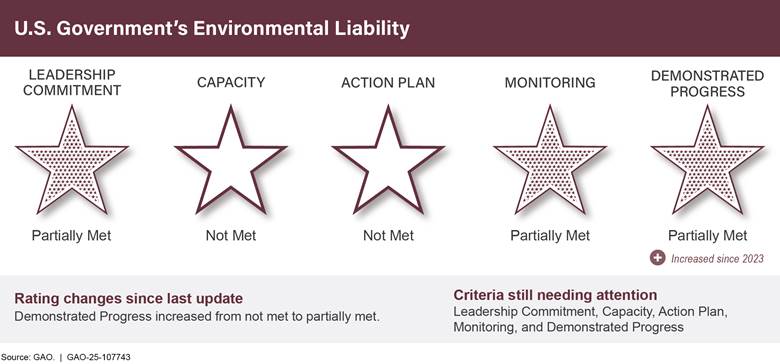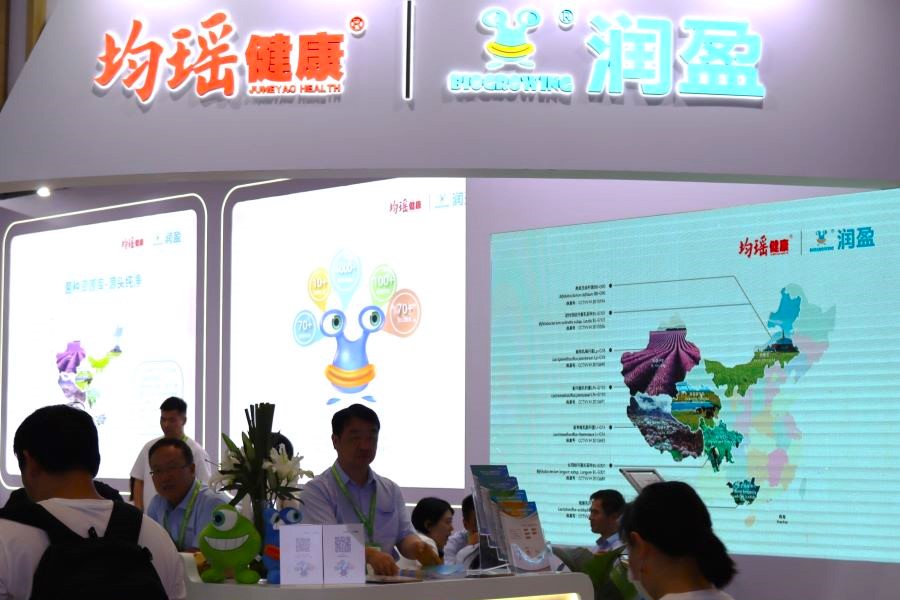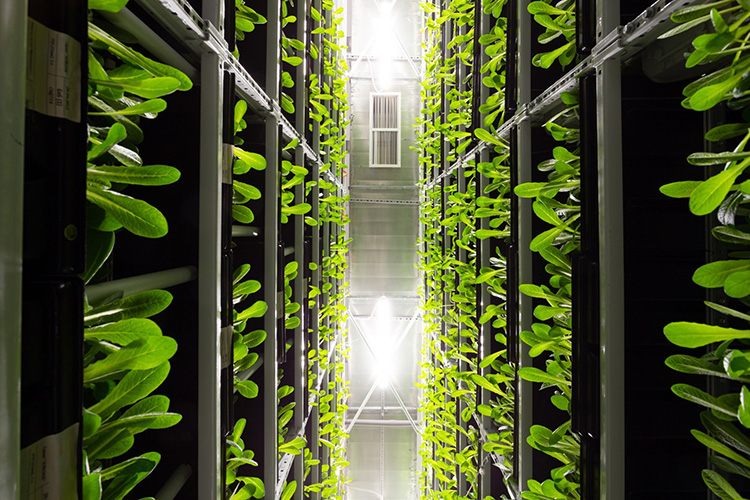Advancing Sustainable Development Goals Through Climate-Smart Crop Research
Project Overview and Funding
A research initiative at the Arkansas Agricultural Experiment Station has received significant funding to advance climate-smart agriculture, directly supporting key United Nations Sustainable Development Goals (SDGs). The Foundation for Food & Agriculture Research has awarded nearly $450,000 to Dr. Samuel B. Fernandes, an assistant professor of agricultural statistics and quantitative genetics. This New Innovator in Food & Agriculture Research Award will facilitate the development of advanced genomic prediction models designed to enhance crop resilience and food security.
Contribution to SDG 2: Zero Hunger
The project is fundamentally aligned with SDG 2, which aims to end hunger, achieve food security, improve nutrition, and promote sustainable agriculture. By creating more reliable predictive models, the research seeks to ensure stable and resilient food production systems in the face of environmental challenges.
- Enhancing Food Security: The primary goal is to develop crop varieties that can perform reliably under unpredictable weather patterns, thereby securing global food supplies.
- Promoting Sustainable Agriculture: The models will help breeders develop crops that are better adapted to environmental stresses, reducing crop failure and promoting agricultural sustainability.
- Improving Crop Yields: Accurate predictions of crop performance will enable the selection of higher-yield varieties suited for specific and changing environments.
Addressing SDG 13: Climate Action
This research directly confronts the challenges outlined in SDG 13 by developing tools to mitigate the agricultural impacts of climate change. The project focuses on building resilience and adaptive capacity to climate-related hazards.
- Adapting to Climate Change: The core of the project is to create crops that can withstand severe weather events and changing climatic conditions, a critical adaptation strategy.
- Mitigating Climate-Related Risks: The research addresses the inadequacy of current genomic models, which struggle with large genotype-by-environment interactions, a common scenario under climate change.
- Strengthening Agricultural Resilience: By integrating crop growth data, the new models will provide a more robust framework for developing climate-resilient agricultural systems.
Fostering SDG 9: Industry, Innovation, and Infrastructure & SDG 17: Partnerships for the Goals
The initiative embodies the principles of SDG 9 by driving scientific innovation within the agricultural industry and SDG 17 through collaborative partnerships.
- Scientific Innovation: Dr. Fernandes is developing novel genomic prediction models that integrate dynamic crop growth data, representing a significant technological advancement for plant breeding.
- Collaborative Partnership: The project involves a key collaboration with Dr. Elvis Elli, an assistant professor of crop physiology, who will supply the crop growth models.
- Institutional Support: The funding from the Foundation for Food & Agriculture Research highlights a crucial partnership between a research institution and a funding body dedicated to advancing agricultural science for global benefit.
1. Which SDGs are addressed or connected to the issues highlighted in the article?
SDG 2: Zero Hunger
- The article directly addresses this goal by focusing on research aimed at mitigating threats to “harvests and global food security.” The development of climate-smart crops is a direct response to the challenge of producing enough food for a growing population under changing environmental conditions.
SDG 9: Industry, Innovation, and Infrastructure
- This goal is relevant as the article highlights an investment in scientific research and technological development. The “$450,000” award supports an “early-career scientist” to develop “advanced genomic prediction models,” which represents a clear effort to enhance scientific research and innovation in the agricultural sector.
SDG 13: Climate Action
- The core of the research project is to address the impacts of climate change on agriculture. The models are designed to help breeders develop crops that can withstand “changing weather patterns” and “severe weather events,” directly contributing to climate change adaptation and strengthening resilience in the food system.
SDG 17: Partnerships for the Goals
- The article demonstrates a partnership between a funding body (The Foundation for Food & Agriculture Research) and a research institution (Arkansas Agricultural Experiment Station). This collaboration to fund and advance scientific research for sustainable development is a key aspect of SDG 17.
2. What specific targets under those SDGs can be identified based on the article’s content?
SDG 2: Zero Hunger
- Target 2.4: “By 2030, ensure sustainable food production systems and implement resilient agricultural practices that increase productivity and production… and strengthen capacity for adaptation to climate change, extreme weather, drought, flooding and other disasters.” The research on crops that can “withstand weather stresses” is a direct contribution to creating resilient agricultural practices.
- Target 2.a: “Increase investment… in agricultural research and extension services, technology development…” The “$450,000” grant awarded to Dr. Fernandes is a direct investment in agricultural research and technology development aimed at enhancing productive capacity.
SDG 9: Industry, Innovation, and Infrastructure
- Target 9.5: “Enhance scientific research, upgrade the technological capabilities of industrial sectors in all countries… encouraging innovation and substantially increasing the number of research and development workers… and public and private research and development spending.” The article exemplifies this target through the funding of an “early-career scientist” and the investment in developing “advanced genomic prediction models.”
SDG 13: Climate Action
- Target 13.1: “Strengthen resilience and adaptive capacity to climate-related hazards and natural disasters in all countries.” The development of climate-smart crops that can better perform under “severe weather events” is a direct method of strengthening the resilience and adaptive capacity of the agricultural sector to climate-related hazards.
3. Are there any indicators mentioned or implied in the article that can be used to measure progress towards the identified targets?
Indicators for SDG 2 Targets
- For Target 2.a: The article provides a specific data point for the indicator “Total official flows… to the agriculture sector.” The “$450,000” award is a measurable financial flow dedicated to agricultural research.
Indicators for SDG 9 Targets
- For Target 9.5: The article provides data relevant to the indicator “Research and development expenditure as a proportion of GDP.” The “$450,000” grant is a specific instance of R&D expenditure. It also relates to the indicator “Researchers… per million inhabitants” by highlighting support for an “early-career scientist.”
Indicators for SDG 13 Targets
- For Target 13.1: While not a formal UN indicator, the article implies a practical indicator: the development of new technologies for climate adaptation. The creation of the “advanced genomic prediction models” serves as a measurable output of progress in building adaptive capacity in agriculture.
4. Table of SDGs, Targets, and Indicators
| SDGs | Targets | Indicators (Mentioned or Implied in Article) |
|---|---|---|
| SDG 2: Zero Hunger | Target 2.4: Ensure sustainable and resilient food production systems. Target 2.a: Increase investment in agricultural research. |
Development of crop varieties that can withstand weather stresses. Financial investment in agricultural research (e.g., the $450,000 award). |
| SDG 9: Industry, Innovation, and Infrastructure | Target 9.5: Enhance scientific research and encourage innovation. | Research and development expenditure ($450,000 grant). Support for researchers (“early-career scientist”). |
| SDG 13: Climate Action | Target 13.1: Strengthen resilience and adaptive capacity to climate-related hazards. | Development of new technologies for climate adaptation (“advanced genomic prediction models”). |
| SDG 17: Partnerships for the Goals | Target 17.6: Enhance cooperation on and access to science, technology and innovation. | Number of partnerships between funding bodies and research institutions (Foundation for Food & Agriculture Research and Arkansas Agricultural Experiment Station). |
Source: m.farms.com







